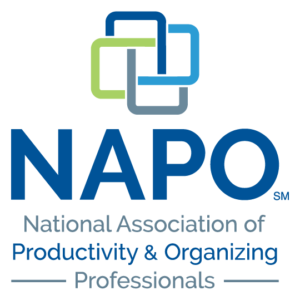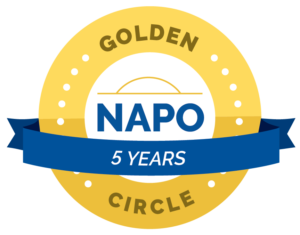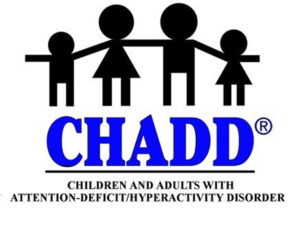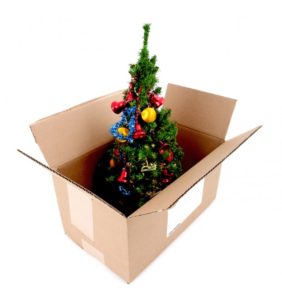 I recently listened to Oprah’s SuperSoul Conversations podcast with Salma Hayek Pinault. Although the podcast was titled “More to Say About Harvey Weinstein,” I found the podcast had next to nothing to do with Mr. Weinstein but more about kindness, not only for others but for ourselves.
I recently listened to Oprah’s SuperSoul Conversations podcast with Salma Hayek Pinault. Although the podcast was titled “More to Say About Harvey Weinstein,” I found the podcast had next to nothing to do with Mr. Weinstein but more about kindness, not only for others but for ourselves.
During the conversation, Oprah asked a powerful question:
“What’s the lesson that’s taken you personally the longest to learn in your life?”
Ms. Hayek Pinault’s answer resonated deeply with me:
“I’m very hard on myself and not too long ago I realized I detect what I want to change, and then I disappoint myself if I don’t change it right away, you know. But it takes time for change. And I’ve noticed that if you really look, there are things that I don’t even remember that I was doing before and I didn’t like doing them because I’ve changed so profoundly that I don’t even remember I was like that anymore. And when I’m hard on my myself I have to remind myself that if I continue to believe in me and to be positive and to be kind to myself and to others, whether it will come, the changes that I want about myself, one day it will come. If you disappoint yourself, sometimes you give up.”
Although I believe myself to be a very kind individual, I found myself wanting to take a closer look at the connection between kindness and happiness and, boy, is there a connection!
According to a Huffington Post article, the benefits of kindness are significant.
1) We are happier.
Doing something for someone else, makes us feel good, both emotionally and biologically. The reference to “Helper’s High” comes from elevated levels of dopamine in the brain, resulting in a natural high.
Kindness = Happiness
2) We are healthier.
Acts of kindness result in elevated production of oxytocin. Oxytocin causes the release of nitric oxide which expands blood vessels, reducing blood pressure.
Kindness = Health
3) We age more slowly.
Back to oxytocin. Oxytocin reduces levels of free radicals and lowers inflammation, both significant factors in the aging process.
Kindness = Longer Life
4) We have stronger relationships.
We like people that show us, and themselves, kindness. Kindness creates bonds. Whether we are creating new bonds or strengthening existing bonds, kindness plays a key role.
Kindness = Stronger Relationships
5) We pass kindness on.
Kind people are inspirational. Think back to the last time you witnessed kindness, what was your next instinct? Passing it on, right? In 2014 a Starbucks customer paid for the drink of the drive-through customer behind her, resulting in a chain of 378 acts of “pay it forward” kindness. Kindness is contagious.
Kindness = More Kindness
Kindness. Can it be that simple? Can being kind to others and ourselves be the ticket to health and happiness Apparently so.
What’s your next kindness experiment?
Cindy Jobs, COC, ACC
Looking for more information?
Click here for 15-minute organizing tips.
National Association of Productivity & Organizing Professionals, Seattle Chapter Vice-President
International Coach Federation
Institute for Challenging Disorganization
Level I Certificates earned in Chronic Disorganization; ADD; Client Administration; Time Management; Mental Health; and Hoarding.
Level II Specialist Certificates earned in Chronic Disorganization and ADHD.


















